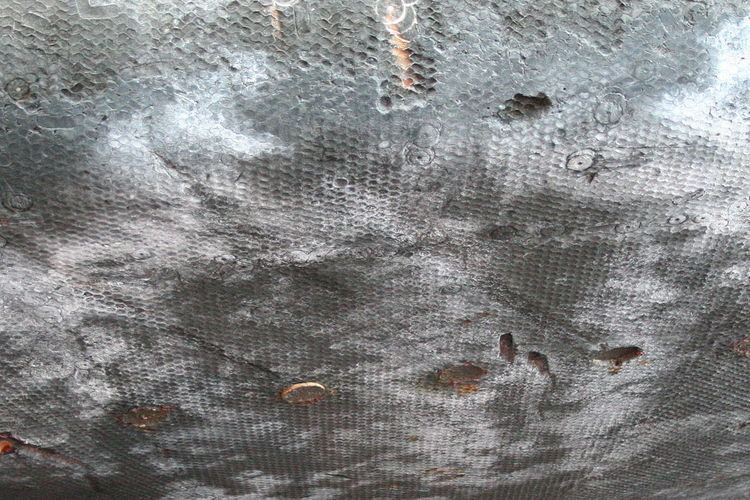 | ||
A heat shield is designed to shield a substance from absorbing excessive heat from an outside source by either dissipating, reflecting or simply absorbing the heat. It is often used as a form of exhaust heat management.
Contents
Automotive
Due to the large amounts of heat given off by internal combustion engines, heat shields are used on most engines to protect components and bodywork from heat damage. As well as protection, effective heat shields can give a performance benefit by reducing the under-bonnet temperatures, therefore reducing the intake temperature. Heat shields vary widely in price, but most are easy to fit, usually by stainless steel clips or high temperature tape. There are two main types of automotive heat shield:
As a result, a heat shield is often fitted by both amateur and professional personnel during a phase of engine tuning.
Heat shields are also used to cool engine mount vents. When a vehicle is at higher speed there is enough ram air to cool the under hood engine compartment, but when the vehicle is moving at lower speeds or climbing a gradient there is a need of insulating the engine heat to get transferred to other parts around it, e.g. Engine Mounts. With the help of proper thermal analysis and use of heat shields, the engine mount vents can be optimised for the best performances.
Space
Spacecraft that land on a planet with an atmosphere, such as Earth, Mars, and Venus, currently do so by entering the atmosphere at high speeds, depending on air resistance rather than rocket power to slow them down. A side effect of this method of atmospheric re-entry is aerodynamic heating, which can be highly destructive to the structure of an unprotected or faulty spacecraft. An aerodynamic heat shield consists of a protective layer of special materials to dissipate the heat. Two basic types of aerodynamic heat shield have been used:
Some spacecraft also use a heat shield (in the conventional automotive sense) to protect fuel tanks and equipment from the heat produced by a large rocket engine. Such shields were used on the Apollo Service Module and Lunar Module descent stage.
Industry
Heat shields are often affixed to semi-automatic or automatic rifles and shotguns as barrel shrouds in order to protect the user's hands from the heat caused by firing shots in rapid succession. They have also often been affixed to pump-action combat shotguns, allowing the soldier to grasp the barrel while using a bayonet.
